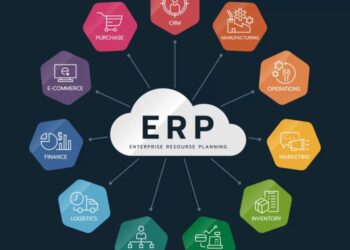Embark on a journey through the realm of ERP systems, where efficiency meets innovation. Dive into the world of the most popular ERP systems and unravel the secrets behind their success.
Delve deeper into the functionalities and advantages that these systems offer to businesses across various industries.
Overview of ERP Systems
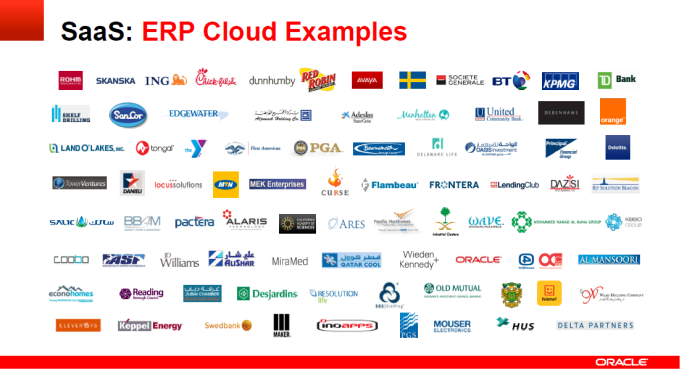
ERP systems, or Enterprise Resource Planning systems, are software platforms designed to streamline and integrate the key processes of a business. These systems allow organizations to manage their resources, such as finances, human resources, supply chain, and operations, in a centralized and efficient manner.
Industries Using ERP Systems
ERP systems are commonly used in industries such as manufacturing, retail, healthcare, finance, and logistics. These sectors benefit from the centralized data management, improved communication, and streamlined processes that ERP systems provide.
Benefits of Implementing ERP Systems
- Improved Efficiency: By automating repetitive tasks and providing real-time data, ERP systems help organizations operate more efficiently.
- Enhanced Decision-Making: With access to accurate and up-to-date information, businesses can make better-informed decisions.
- Cost Savings: ERP systems can reduce operational costs by eliminating manual processes and improving resource allocation.
- Increased Productivity: By streamlining workflows and reducing data entry errors, ERP systems boost overall productivity within an organization.
Features of the Most Popular ERP Systems
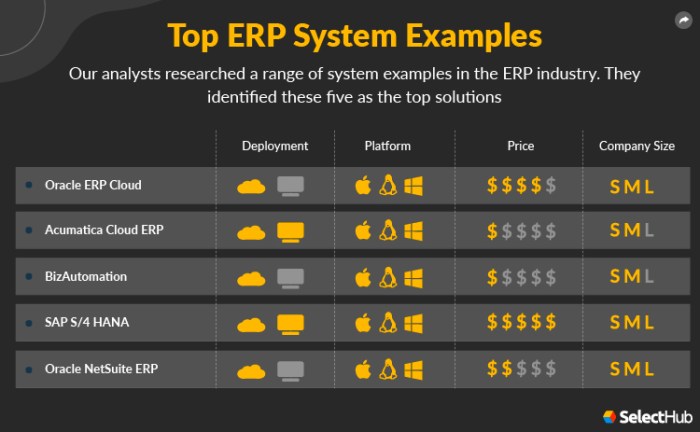
ERP systems play a crucial role in streamlining business processes and enhancing overall efficiency. Let's dive into some of the key features offered by the most popular ERP systems in the market today.
SAP ERP
SAP ERP is known for its robust features that cater to various industries. Some key features of SAP ERP include:
- Integrated modules for finance, HR, supply chain, and more.
- Real-time analytics and reporting capabilities.
- Customizable workflows to suit specific business needs.
- Scalability to accommodate business growth.
Oracle ERP Cloud
Oracle ERP Cloud is another popular choice with features tailored for modern businesses. Key features of Oracle ERP Cloud include:
- AI-driven automation for repetitive tasks.
- Mobile access for on-the-go decision-making.
- Built-in security features to safeguard sensitive data.
- Seamless integration with other Oracle applications.
Microsoft Dynamics 365
Microsoft Dynamics 365 is known for its user-friendly interface and seamless integration with other Microsoft products. Key features of Microsoft Dynamics 365 include:
- Unified platform for CRM and ERP functionalities.
- AI-driven insights for predictive analytics.
- Flexible deployment options, including cloud and on-premise.
- Powerful collaboration tools for team productivity.
Comparison of Features
When comparing these popular ERP systems, it's important to consider factors such as scalability, customization options, integration capabilities, and user experience. While SAP ERP offers a wide range of integrated modules, Oracle ERP Cloud stands out with its AI-driven automation features.
On the other hand, Microsoft Dynamics 365 excels in providing a unified platform for CRM and ERP functionalities. Ultimately, the best ERP system for a business will depend on its specific requirements and long-term goals.
Implementation Process
Implementing an ERP system is a complex and crucial process for any organization. It involves several key steps that need to be carefully planned and executed to ensure a successful outcome.
Typical Steps Involved in Implementing an ERP System
- Planning: Define objectives, set goals, and create a project plan.
- Selection: Choose the right ERP system that aligns with your business needs.
- Design: Customize the ERP system to fit your organization's processes.
- Development: Build and configure the system according to the design specifications.
- Testing: Conduct extensive testing to identify and rectify any issues.
- Training: Train end-users on how to use the ERP system effectively.
- Deployment: Roll out the ERP system across the organization in phases.
- Monitoring: Continuously monitor the system's performance and user feedback for improvements.
Common Challenges Faced During ERP System Implementation
- Lack of top management support and involvement.
- Resistance to change from employees.
- Data migration issues and data quality concerns.
- Integration problems with existing systems and processes.
- Scope creep leading to project delays and budget overruns.
Best Practices for a Successful ERP System Implementation
- Secure executive sponsorship and involvement throughout the project.
- Communicate effectively with employees about the benefits of the new system.
- Ensure thorough data cleansing and validation before migration.
- Engage key stakeholders early in the process for buy-in and collaboration.
- Follow a phased implementation approach to manage risks and dependencies.
Pricing and Licensing Models
When it comes to ERP systems, pricing and licensing models play a crucial role in the decision-making process for businesses. Understanding the different structures and costs associated with these systems is essential in determining the most suitable option for a company's needs.
Different Pricing Structures
- Perpetual License: This model involves a one-time upfront payment for the software, along with ongoing maintenance fees.
- Subscription-based: Users pay a recurring fee at regular intervals, typically monthly or annually, for access to the software and updates.
- Usage-based: Costs are based on the number of users or resources utilized within the system, allowing for flexibility in pricing.
Comparison: On-Premise vs. Cloud-based ERP Systems
On-premise ERP systems typically require a significant upfront investment for hardware, software, and implementation costs. Maintenance and upgrades also add to the total cost over time. In contrast, cloud-based ERP systems offer a subscription-based model with lower initial costs and easier scalability.
The pay-as-you-go structure of cloud-based systems can be more cost-effective for businesses, especially for smaller companies or those looking to avoid large upfront expenses.
Factors Influencing ERP Pricing
- Number of Users: Pricing often depends on the number of users who will be accessing the system, with additional costs for each user added.
- Customization: Tailoring the ERP system to specific business needs can increase costs, as it requires additional development work.
- Implementation Complexity: The complexity of integrating the ERP system with existing infrastructure and processes can impact pricing, with more intricate implementations costing more.
- Vendor Reputation: Established vendors with a strong track record may charge higher prices for their ERP systems compared to newer or less-known providers.
Integration Capabilities
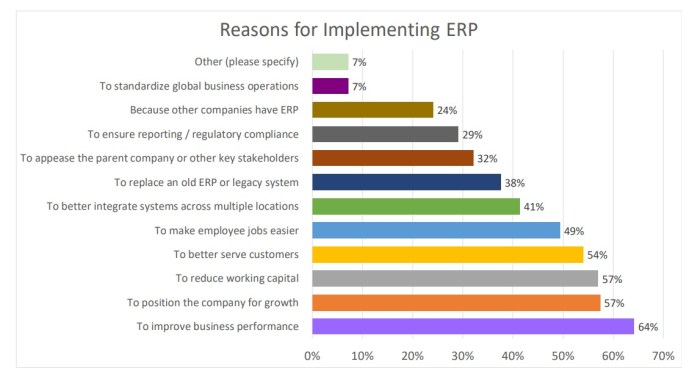
When it comes to popular ERP systems, one crucial aspect to consider is their integration capabilities with other software applications. Seamless integration can significantly enhance the efficiency of an ERP system by ensuring smooth data flow and communication between different platforms.
Examples of Third-Party Integrations
- Integration with Customer Relationship Management (CRM) software such as Salesforce for improved customer data management and sales tracking.
- Integration with e-commerce platforms like Shopify or Magento to streamline order processing and inventory management.
- Integration with Business Intelligence (BI) tools such as Tableau or Power BI for advanced data analytics and reporting capabilities.
The Importance of Seamless Integration
Seamless integration is essential for maximizing the efficiency of an ERP system as it eliminates manual data entry, reduces errors, and ensures real-time visibility across all systems. It allows different departments to work cohesively and access up-to-date information for better decision-making.
Epilogue
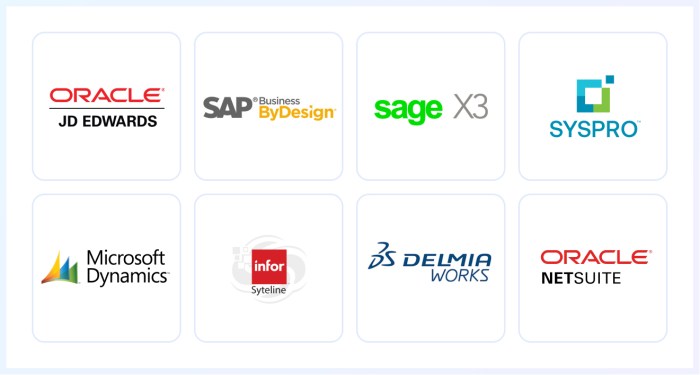
In conclusion, the landscape of ERP systems is vast and ever-evolving. By understanding the features, implementation process, pricing models, and integration capabilities, businesses can optimize their operations and stay ahead in the competitive market.
Essential FAQs
Which industries benefit the most from ERP systems?
ERP systems are commonly used in manufacturing, retail, healthcare, and finance industries.
What are the key differences between on-premise and cloud-based ERP systems?
On-premise ERP systems require local infrastructure and maintenance, while cloud-based systems offer scalability and accessibility from anywhere.
How important is integration for ERP system efficiency?
Seamless integration with other software applications is crucial for maximizing the efficiency of ERP systems and streamlining business processes.

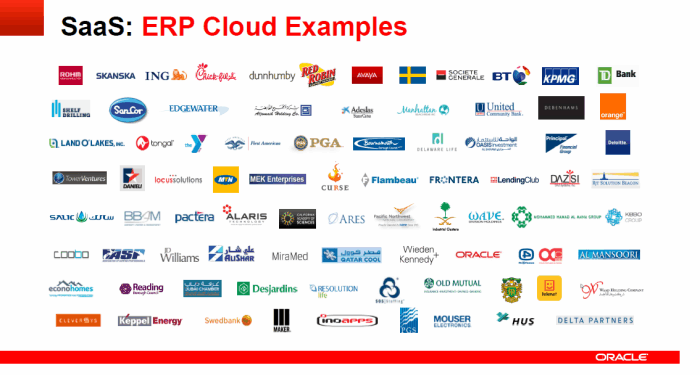






![Best Construction ERP Software [2024 Edition]](https://health.bandungnews.id/wp-content/uploads/2025/10/Top-10-Best-Construction-ERP-Software-to-Use-in-2024-1-120x86.jpg)


